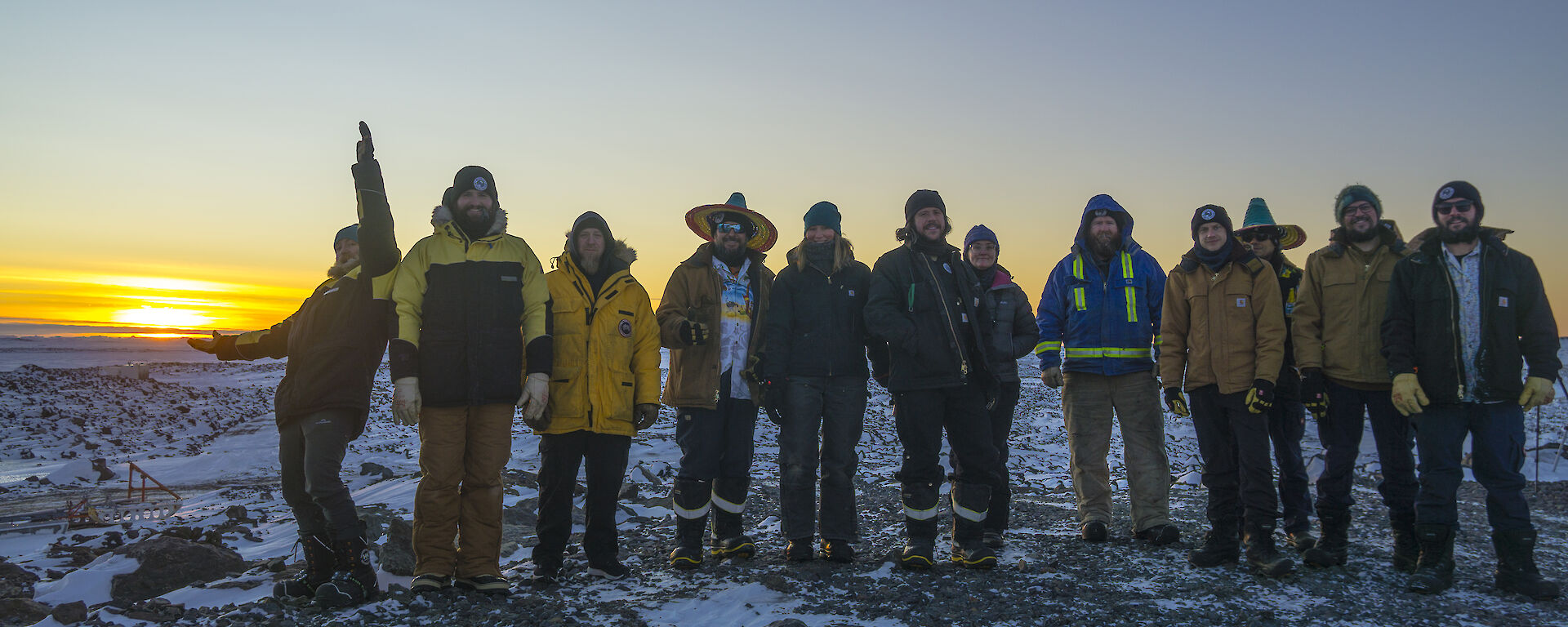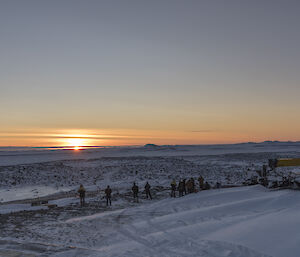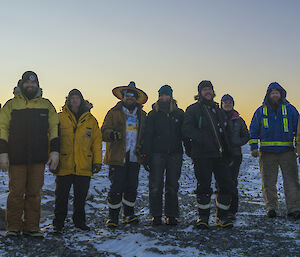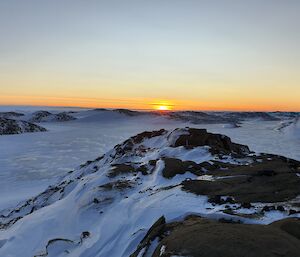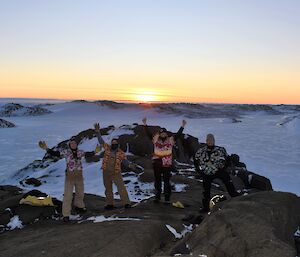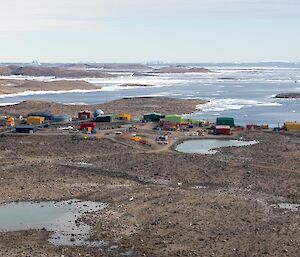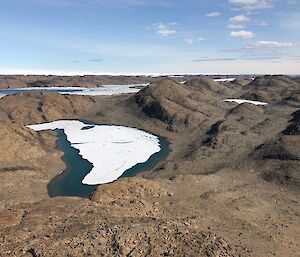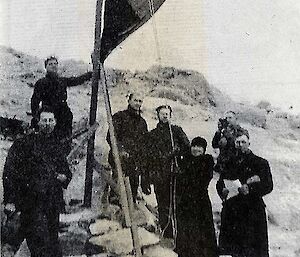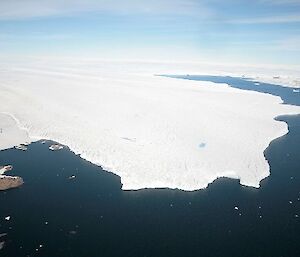On meeting first-time expeditioners, before departing Hobart for Antarctica, the first questions asked of me are usually 'what do you do in Antarctica?' and 'have you been before'? Once I have given my response to those questions, I'm then asked what makes me want to return to Davis station each season?
A common response is that once you've been south 'it's in your veins for life' due to the nature of the experience. But what becomes increasing interesting to expeditioners who have worked here multiple times, is the history of each of the four Australian stations. Each station is different, unique to itself. The layout and size of the station, the work performed at each station and the science undertaken. The history of Davis station and how it all came together is what intrigued me, and continues to do so.
I love the work I do here during the summer, working with aviation assets in the Communication Operator role. It's busy and rewarding. At the moment, for the winter season, I am working for the Bureau of Meteorology as an Observer, which I am also finding interesting and rewarding.
It is in this current role that I have incorporated a segment on the history of Davis in to the daily weather information report I send to all on station. It allows me to share with new [and old] expeditioners how, when and why areas of the Vestfold Hills were named. For example, the first recorded sighting of the coastline now occupied by Davis station was on the 9th February 1931. Sir Douglas Mawson and Flight Lieutenant Stuart Campbell sighted the Antarctic continent from their seaplane and named the high land to the south-east 'Princess Elizabeth Land'.
However, what is equally interesting is the first recorded landing in the region in 1935. The Norwegian whaler, Captain Klarius Mikkelsen, named the hills after the Vestfold province in Norway on the western side of the Oslo Fjord, which he considered it resembled. And so we now have the Vestfold Hills.
Additionally, on the 20th February, Mikkelsen, together with his wife Caroline and seven crew members [including the ships dentist Lief Sørsdal], landed in a small bay on an unnamed island at the northern end of the Vestfold Hills. Mrs Mikkelsen is reportedly the first woman to set foot on the Antarctic continent, though whether this was on the mainland or an island is a matter of dispute. They raised the Norwegian flag on an improvised flagpole and built a rock cairn to mark the site.
The cairn was later found by members of the Australian National Antarctic Research Expedition [ANARE] in 1960 but was once again lost until its rediscovery in 1995. (As an interesting aside, Caroline Mikkelsen was still living at that time and received word of the rediscovery of the original flag pole.)
Captain Mikkelsen named the area 'Ingrid Christensen Land' [listed as Ingrid Christensen Coast on maps] after the wife of the ship's owner, Lars Christensen. Mrs Christensen was later to land in Antarctica herself on 30th January 1937 at Scullin Monolith, which is located on the 'Lars Christensen Coast' near Mawson station.
And the ship's dentist, Lief Sørsdal?? Well, he had the glacier which runs alongside the Vestfold Hills named after him – the Sørsdal Glacier.
Mick Eccles
BOM Snr Observer

